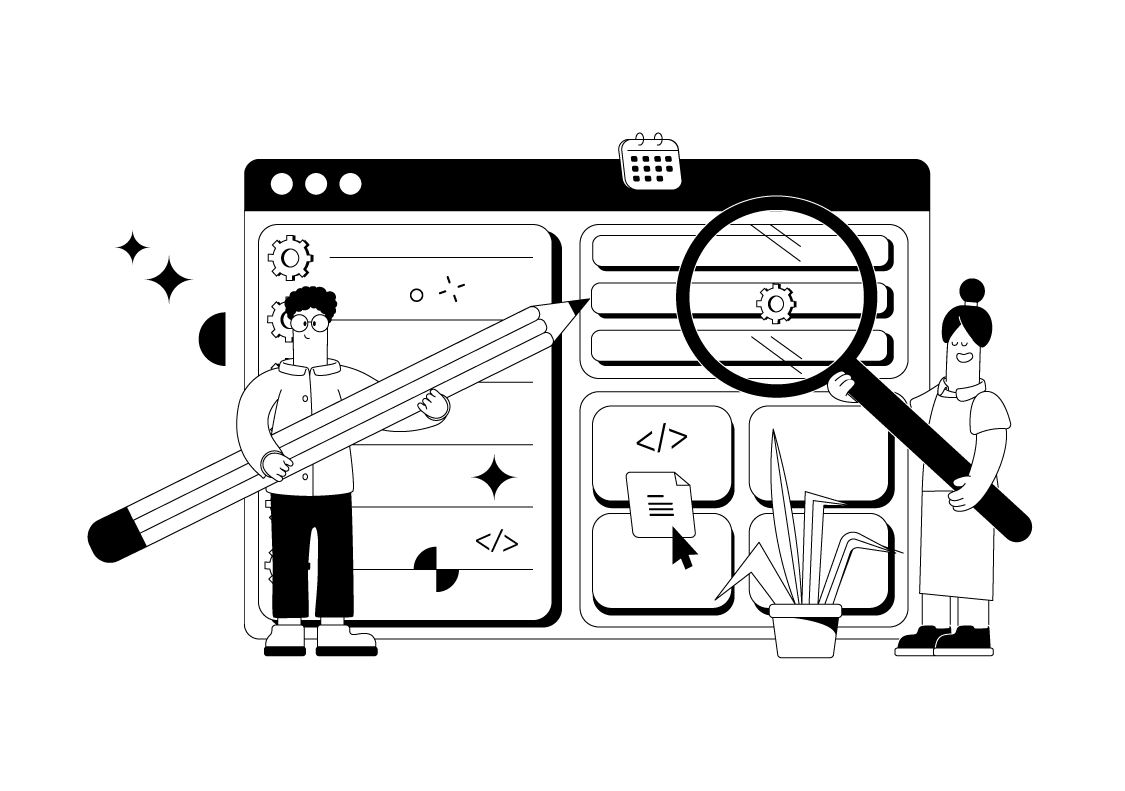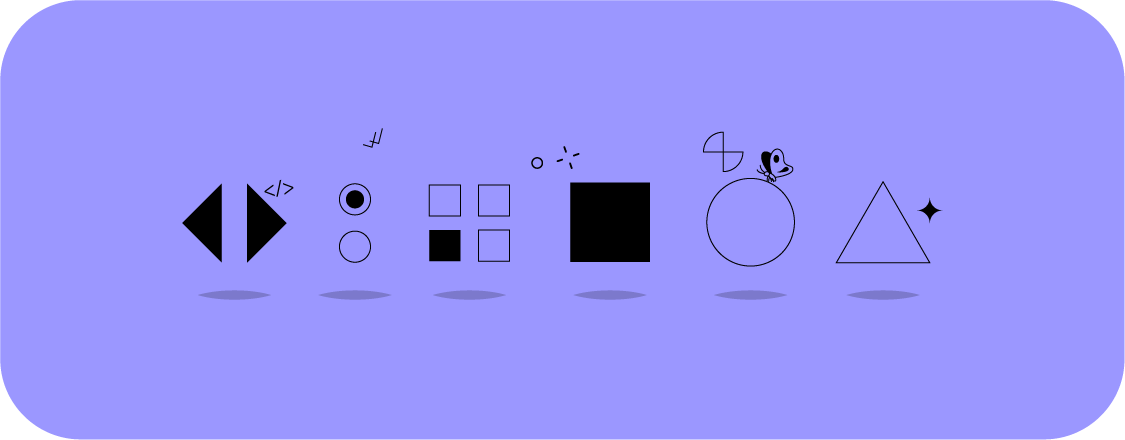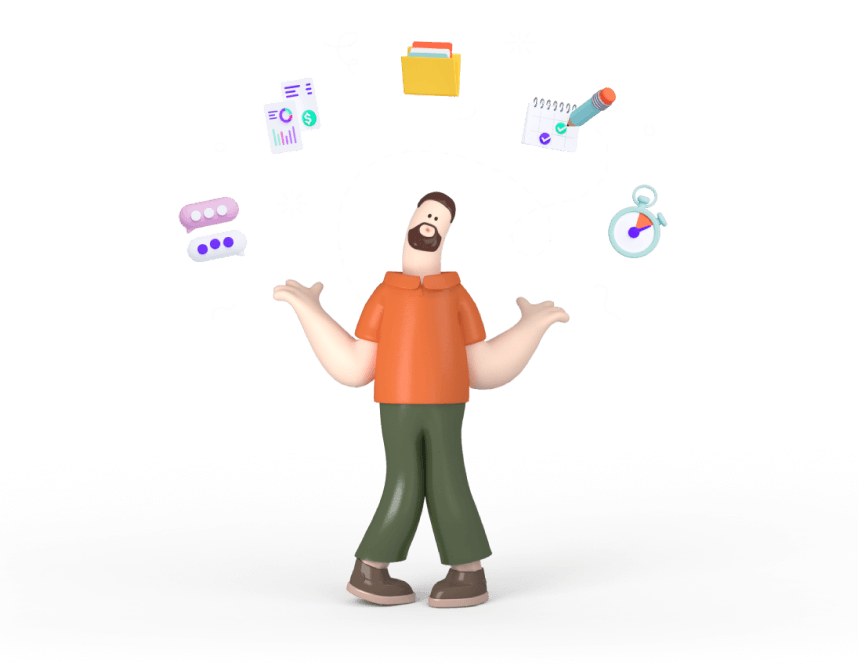Rational Unified Process

The Rational Unified Process is the ultimate guide for assigning tasks and responsibilities within a development organization and developing high-quality software that meets users' needs and requirements. It’s an iterative Agile software project management methodology that splits the project into four phases.

What is Rational Unified Process (RUP)?
A processed product - the development team for RUP is working closely with customers, partners, groups, and organizations to ensure that the process is constantly updated.
The RUP leverages team productivity - it allows the team to have free access to a knowledge base with all the guidelines, data, and tool mentors that help them overcome critical issues. This helps the entire team share the same language when developing software.
The RUP creates and maintains models. Instead of producing a large amount of paperwork, this method creates models—semantically rich representations of the software system your team is developing.
The RUP is a guide to using the Unified Modelling Language (UML). UML allows your team to communicate the project's requirements, architecture, and design.
It’s a configurable process—simple and clear, it fits both small development teams and large organizations.
History of RUP
RUP started out as a small manageable process framework, that will later on become one of the building blocks and best frameworks for building software.
It was initially created by the Rational Software Corporation, which IBM bought out in 2003.
The incredible success of the RUP approach has made a wide range of organizations worldwide realize how important a well-defined and well-documented software process is and stimulated them to start implementing it in their projects.
RUP is an adaptable methodology, rather than a prescriptive process. Philip Kruchten headed out the original RUP team, and initial versions were combined with extensive content from Jim Rumbaugh’s Object Modeling Technology and incorporating Grady Booch’s Booch method. Krutchen’s effort to create framework for software engineering, was since augmented with subsequent versions in 1997, and 1998, ultimately leading to creating six best practices for modern software engineering in RUP. Number of changes were introduced from 2000. to 2003. before IBM acquired Rational Software in 2003, and in 2006 a subset was created by IBM, to tailor it specifically to Agile projects.
Six Fundamental Practices of RUP

There are six fundamental best practices that make RUP suitable for a wide range of projects worldwide:
- Develop software iteratively - tackling high-risk elements at every stage of the project allows you to gain an increasing understanding of the problem and make necessary changes until you reach the most reasonable solution
- Manage requirements - describes how to organize and keep track of functionality requirements, documents, tradeoffs, decisions, and business needs.
- Use component-based architecture - It structures the system architecture into components that are reusable not only for the project at hand but also for future projects.
- Visually model software - it shows you how to create a visual model of software to capture the structure and behavior of architecture and components.
- Verify Software Quality - it enables you to evaluate and control the quality of all activities during the software development.
- Control changes to software—It gives you the ability to control, track, and monitor changes, which enables constant and successful software development. It also helps you create a secure workspace by isolating it from changes, which in turn brings your team together, making them work as a unit.
The Structure of RUP
This approach describes who is doing what, how, and when. RUP uses four main elements:
Workers - the “Who”
It defines the behavior and responsibilities of all team members who are all focused on one common goal - to produce artifacts. In RUP, the worker has more of a role in defining how to carry out work. A worker performs a certain set of activities but is at the same time the owner of a set of artifacts.
Activities - the “How”
It refers to the unit of work that a worker is to perform. Each activity has a clear purpose and is assigned to a specific worker. Activities mainly include creating or updating some artifacts such as a model, a class, or a plan.
Artifacts - the “What”
Artifacts are things or pieces of information that the process produces, which are further modified or used while working towards the final outcome. Artifacts serve as input that workers use to perform an activity and are also the results or output of those activities.
Workflows - the “When”
Workflow represents a sequence of activities that produce an observable value. In UML terms, workflow is presented in a sequence diagram, a collaboration diagram, and an activity diagram.
RUP Example
Although this method is primarily used for big software development projects, many project managers assume that RUP is not the right solution for projects of limited scope, which don’t require many resources. However, there are many examples of small projects that benefited greatly from incorporating RUP into their organization.
For example, TAP University (Technology as Promised) is an online learning management system. Its aim was to extend face-to-face training and boost its online offerings to corporate, public, and student customers.
Although this was a small project, the implementation of RUP yielded remarkable results. It helped the organization build a necessary framework in terms of organization of their use cases and gave guidance for the company to begin the Construction stage, the third and the most important stage of the Rational Unified Process.
The Lifecycle of RUP

Like most methodologies, the RUP lifecycle is broken into four main phases (cycles), each phase working on a new generation of the product:
- Inception phase
- Elaboration phase
- Construction phase
- Transition phase
1. Inception phase
Essentially, in this cycle, your team determines the structure and basic idea of the project. The team will also decide if the project is worth pursuing based on the estimated costs, the necessary resources, and the goal they are trying to achieve with it.
2. Elaboration phase
This phase aims to analyze the system's requirements and architecture, develop the project plan, and eliminate the highest-risk elements. It’s undoubtedly the most critical of all stages as it signifies the transition from low-risk to high-risk. It’s also the point when your team has to decide whether to start construction (development and coding).
3. Construction phase
At this stage, your team is finally ready to develop all components and features and integrate them into the product. It’s a manufacturing process where your team focuses on managing resources in order to optimize costs, schedules, and quality.
4. Transition Phase
The transition phase is the moment when the product is finally finished, released, and delivered to customers. However, new issues arise once the product is given to the user. This requires the team to handle all the bug fixes and correct problems or finish some postponed features.
At the end of each phase, there is an important Project Milestone—a point in time when your team confirms that certain goals have been achieved. At that moment, they have to make some critical decisions which will impact the following phase.
RUP vs. Agile
As RUP is under the Agile umbrella and follows the Agile framework, it involves creating a formal definition of scope, significant milestones, specific dates, and objectives. RUP processes include software building, analysis, testing, and ensuring the final result meets the criteria before deploying the software in iterations.
RUP develops in phases, whereas Agile software development is envisioned as a product team's methodology containing strict guidelines. RUP is a use-case driven approach for organizations and teams, providing them with a systemized approach to deploying software incrementally. RUP can complement and fill in the gaps in many agile approaches since it allows for a detailed approach, whereas methodology, such as Scrum, provides strict guidelines the team follows.
The Benefits of RUP
RUP is a great approach that allows teams to deal with changing requirements, whether they come from the customer or the project itself. It emphasizes creating extensive and accurate documentation, which can benefit larger organizations or more comprehensive projects.
This approach is especially beneficial for projects that are in software development, as it forces integration throughout the development process and especially does so in the construction phase.
RUP supports risk management and reduces the project's duration by reusing existing components. Regarding support of making the most of RUP methodology, many tutorials and training are available online to allow the team to smoothly transition to using RUP daily.
The Disadvantages of RUP
One of the main disadvantages of the RUP process is its complexity. Complex processes require a team of experts and professionals to manage them. RUP relies on experts' and professionals’ ability to assign activities to individuals who produce pre-planned results in artifacts.
The complexity also makes it hard to integrate RUP, use it repeatedly, and eventually start seeing its benefits. As numerous teams work on multiple projects using RUP, organizing and synchronizing work becomes increasingly challenging.
Integration in the development process adversely impacts some more fundamental activities during testing. Although RUP has delivered excellent results, especially in software development, it remains a rather complex method that is challenging to implement, especially for smaller businesses, teams, or projects. On the contrary, such a method will not benefit smaller businesses, teams, or projects.
RUP Best Practices
RUP focuses on incremental software development that closes every iteration with a release. The best practice when using RUP is to use it for projects that are developed incrementally to lower the risks of the production process.
Furthermore, RUP ensures quality as the project goes through different stages, from planning, designing, implementing, carrying out, testing, and evaluating the releases. This methodology is most adequate for software development and is most frequently used in that specific field for large-scale projects that require a meticulous approach to documentation.
Although it might have its disadvantages, such as being too complex and not suitable for small-scale projects, if a team is looking for a methodology that will allow them to create high-quality software while staying on the budget and meeting their deadlines to complete their projects within the time limits, Rational Unified Process is the perfect project management choice.
When to Use RUP
RUP project management is best for large and complex projects that will be worked on for a longer period of time. If the team aims to develop high-quality software while keeping the project within time and budget constraints, the Rational Unified Process is the right choice. RUP agile gives excellent results for teams and organizations, allowing them a deeper insight into risk management and allowing them to spot problems and issues early on in the development process.
ActiveCollab and RUP
Making the most of any methodology is best done using project management software. ActiveCollab is a project management software that offers a variety of options and can be used alongside RUP model or any other project management methodology to improve the team’s efficiency and ensure all processes within a company, organization, and team run smoothly.
ActiveCollab allows teams to create unlimited projects, populate project plan with tasks, and track time spent on each task. It also allows project managers and team leads to pull out reports that will show in detail different aspects of the project. Whether you want to track progress made during a project life cycle, oversee the project’s budget, or better communicate within a team, across teams, with stakeholders and clients, ActiveCollab has all the building blocks necessary to achieve that.
ActiveCollab is focused on improving collaboration on all levels of a company, team, business case, or organization by providing them with a stable platform they can use wherever they are. This powerful platform for managing projects and tasks will make it easy for team members to check up on their progress using a computer or phone and stay in the loop at all times.
Continue reading
Project Management Methodologies Introduction
Get familiar with the most popular methodologies modern project managers use! Learn the basics and choose the best method to manage your teams and projects.
